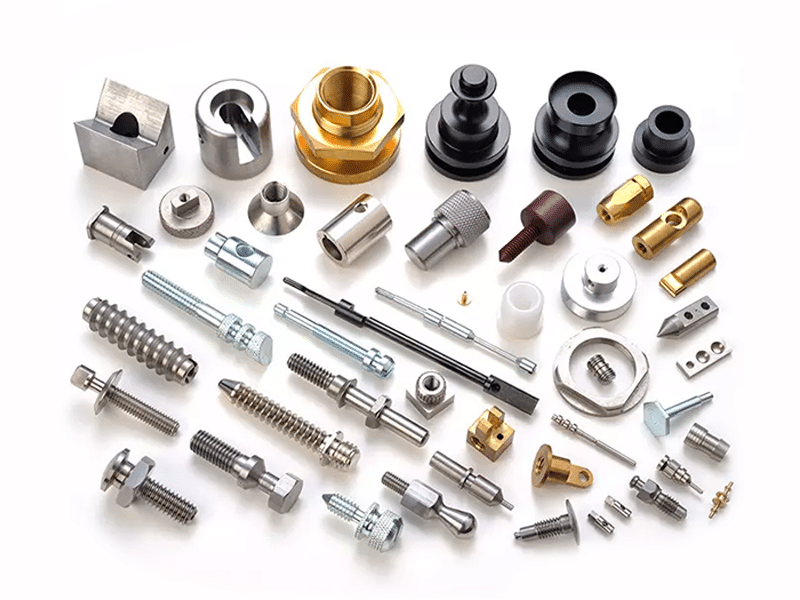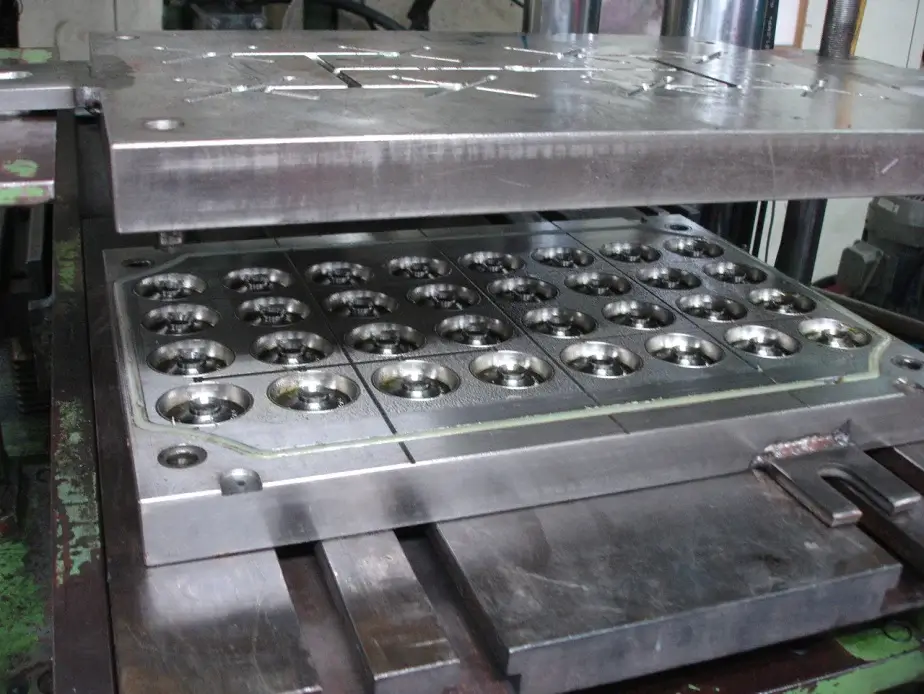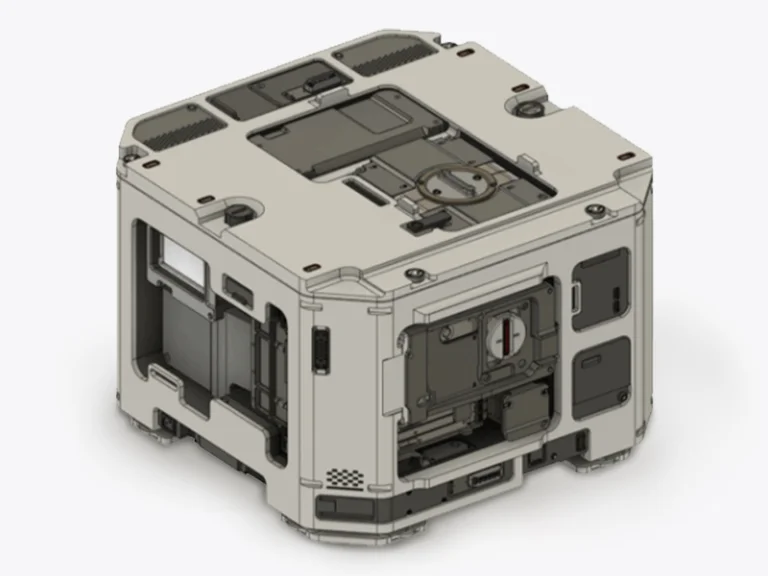Hot Runner Injection Molding is an advanced technology that enhances the injection molding process by maintaining the molten plastic at a controlled temperature as it flows through the mold. Unlike traditional cold runner systems, Hot Runner Technology eliminates the need for ejecting and recycling solidified runners, reducing material waste and improving efficiency. The Hot Runner System uses a Hot Runner Manifold to evenly distribute the plastic, ensuring consistent flow and high-quality parts. With its Temperature-Controlled Runner System, Hot Runner Injection Molding allows for faster cycle times, precision in mold filling, and cost savings, making it a preferred choice for high-volume and high-precision manufacturing The guide below features a detailed insight into many things you might need to know about hot runners , so let’s read below.
What is Hot Runner in Injection Molding?
A Hot Runner System is a cutting-edge technology used in injection molding service to optimize the flow of molten plastic through the mold cavities. Unlike traditional cold runner systems, the Hot Runner Technology ensures that the material remains in a molten state as it flows through the runner channels, thanks to a Temperature-Controlled Runner System. This eliminates the need to eject the plastic runners after each cycle, reducing waste and improving the overall efficiency of the injection molding process.
In a Hot Runner Mold, the runner channels are heated, which helps prevent the plastic from cooling and solidifying prematurely. This Hot Runner Injection System typically consists of several key components, including a Hot Runner Manifold that distributes the material evenly to each mold cavity. The system’s ability to maintain optimal temperatures ensures consistent flow, even for parts with intricate geometries.
One of the main benefits of using a Hot Runner Design is the precision it offers. With careful temperature management, the system helps achieve high-quality parts with fewer defects. Additionally, it reduces the amount of material waste, making the process more cost-effective in the long run. Hot Runner Solutions can also lead to faster cycle times, as the material flows more efficiently, and the system eliminates the need for secondary processes like trimming or recycling of the runners.
In summary, the Hot Runner System plays a critical role in improving the efficiency, quality, and cost-effectiveness of injection molding, making it the go-to solution for high-precision and high-volume production.
What are the Main Elements of a Hot Runner?
The hot runner system used in injection molding has different elements that play an essential role in the system’s functioning process. These elements include the following:
- Nozzles help in injecting the plastic in molten form into the molds.
- The heater maintains the temperature of the plastic throughout the process.
- Manifolds carry out the task of distributing plastic in the nozzles.
- The temperature controller helps in regulating the temperature of the system.
- Insulation keeps the loss of heat under control and also stabilizes the temperature.
- Valves Control the flow of plastic in the molds.
- Flow channels let the plastic flow into the system.
How Does a Hot Runner Injection Molding System Work?
The working mechanism of hot runner injection molding comprises multiple components and stages, and these are discussed below:
- The system comprises a locating ring, which creates an alignment between the injection mold and the surface base of the molding machine. It helps to ensure that the mold aligns with the machine properly so that when the molten plastic flows, it is collected ideally in the cavity.
- Once the alignment is achieved, the molten plastic is injected into the mold, and the molten plastic is first heated to turn into a liquid form, making it easier for the plastic to flow uniformly. The injection molding hot runner system collects the plastic from the barrels and allows it to pass through the heated components it has within itself.
- The molten plastic then flows to the nozzles and divides into different segments the nozzle of the machine has; the number of segments will depend on the nature and shape of the component.
- The nozzle then pours the molten material into the cavities present on the base of the molding machine.
What is the Function of Hot Runner in Injection Molding?
The hot runner injection molding process has various functions, and each function adds quality and uniformity to the plastic component produced. Some of the parts of the hot runner injection molding are discussed below:

Distribution of Plastic
The primary function performed by the hot runner system is the distribution of the molten plastic, This distribution takes place from the nozzle of the injection molding machine to the different cavities. It eliminates the requirement for sprues and runners to be subjected to recycling or discarding.
Reduction in Wastage
Hot injection molding runner systems also increase material efficiency because they reduce the wastage of material and help in cost saving in the long run.
Short and Fast Cycle Times:
The cycle times offered by hot injection molding runner systems are faster when compared to cold runner systems.
Maintaining Constant Temperature
Hot runner systems in plastic injectiong molding are responsible for maintaining a consistent temperature; hence, proper filling occurs, reducing defects like sink marks, flow lines, and warping.
Controlling Flow Through Valves
These systems are even suitable when gating controls are in place, like the use of thermal and valve gates allowing the control of the flow of plastic in molten form when subjected to the mold cavity; it helps to ensure that the quality of the component is improved and the scrap is reduced.
Catering to Complex Geometries
Hot runner systems can accommodate multiple mold designs with complex geometries, catering to a wide range of applications that require injection molded components.
Transitioning between Materials
Hot runner systems even allow the creation of a transition between different materials and colors in a single plastic component, which is quite efficient and helps save time.
Uniform Filling of Plastic
The hot runner are even suitable for manufacturing parts with complex geometries and tight tolerance. This method offers precise control over the plastic flow and ensures a consistent filling in the molds.
Designing an Efficient Hot Runner System for Injection Molding
Designing a hot runner system in injection molding involves several critical considerations to optimize material flow, temperature control, and efficiency. The process begins with selecting the appropriate hot runner configuration, which can be a single-point or multi-point system depending on the complexity and number of cavities in the mold. Heaters are strategically placed along the runner system to maintain a consistent temperature, ensuring that the plastic material remains molten as it flows toward the cavities. The manifold plays a crucial role in distributing the molten material evenly to all cavities, while nozzles are designed to provide controlled flow, minimizing defects such as short shots or flash.
The design must also consider mold temperature and injection pressure to ensure uniform filling and avoid material degradation. Proper insulation around the hot runner system helps maintain temperature and reduce energy consumption. Additionally, the design should allow for easy maintenance and cleaning, as clogs or overheating can lead to defects or system failure. By balancing these factors, a well-designed hot runner system enhances injection molding efficiency, reduces material waste, and ensures high-quality, consistent molded parts.
How Many Types of Hot Runners Are Used in Injection Molding?
Three different runner types injection molding , these may include the following:
Hot Tip Hot Runner Systems
The hot tip hot runner systems are widely used because of the different nozzles and precise pouring they offer. The best part is that this kind of hot runner allows for precisely controlling and adjusting the molding process’s temperature.
This system is popular with many crystalline and non-crystalline materials and offers the production of small and medium-sized plastic parts. Micro parts can also be produced.
Sprue Gating Hot Runner Systems
In the sprue-gating hot runner system, the material enters the mold through a smooth pipe with an open end. This system is ideal for producing parts that are large as well as medium.
The best thing about this kind of system is that it has a low shear rate and less stress reduction, which offers great strength on the part of the plastic component. This kind of system is used widely for components that are either internal or do not need much aesthetic beauty.
Valve Gating Hot Runner Systems
The valve gating hot runner is a widely used hot runner system with a valve pin controller. It offers an automated system that opens and closes the gate simultaneously.
It is one of the most accurate and precise systems, offering high efficiency and a better quality output.
Advantages and Disadvantages of Hot Runner System
Advantages of Hot Runner System
Some of the advantages of the hot runner are as follows:
- Design flexibility is one of the main factors that makes the injection modling hot runner system the best choice. It allows manufacturing the parts with complex and intricate designs and shapes and offers an aesthetic appearance other than uniformity.
- The efficiency of this process is also commendable. It requires lower pressure of injection, and also, there is a reduction in mold deflection. Hence, it helps in producing better quality components efficiently.
- The hot runner is equipped with flow advantages; the channels comprising the melting process are present in different manifolds, and they have better insulation than the cold runner systems. They have built-in control for pressure and temperature and hence offer precise flow, which is well controlled.
- The parts manufactured through hot runner systems offer dimensional consistency; these runners do not get tangled and hence help in automated processes.
- The quality of the component manufactured is optimal, and it offers better uniformity by balancing the melt flow at a consistent temperature. Therefore, an accurate quality-oriented part is achieved.
- The initial investment in the hot runner for injection molding is high, but in the long run, it is extremely cost-effective because of the reduced cycle time and waste.
- The hot runner system helps with time-saving and reduces the cycle time, which makes the entire manufacturing process quite efficient.
Disadvantages of the Hot Runner System
Along with advantages, there are some disadvantages of the hot runner that cannot be ignored and need to keep an eye on; some of these are discussed below:
- The hot runner system needs to be taken care of, and it has technical and complex maintenance in case precaution is not taken, and the part of the hot runner may get damaged.
- The injection molding hot runner systems need a high level of machinery for injection molding to manufacture the components correctly. If supplied with the best machinery, there could be many things in the production process.
- Hot runner comprises costly components; hence, you may need a higher production rate to cover the cost of the hot runner .
- Some of the injection molding hot runner systems even exhibit thermal expansion and contraction; hence, the heat produced during the process may sometimes be difficult to control.
- The hot runner system may also be used for heat-sensitive plastics, and they need extra care and expertise; if it is not exercised, the plastic may change its color or become a degraded version, leading to defects in the final product.
Cold Runner Limitations in Injection Molding
While cold runner systems are widely used in injection molding due to their simplicity and cost-effectiveness, they do have certain limitations. One of the primary drawbacks is the increased material waste, as the runners (which are the channels through which the molten material flows to the mold cavities) remain in the system after each cycle. This results in higher material consumption, especially for larger parts or when producing small quantities. Additionally, cold runners can lead to longer cycle times due to the need for additional cooling of the runner system, which may impact production efficiency. Lastly, in some cases, the aesthetic quality of the molded parts can be affected, as visible runner marks or blemishes may remain on the product surface.
Conclusion
The hot runner in injection molding process are ideal for manufacturing different plastic parts through injection molding, which cater to different industrial applications. However, learning important things about these systems and familiarizing oneself is essential to better deal with them.
The details shared above helped you know about these systems and their pros and cons so that you can make the best use of them.





